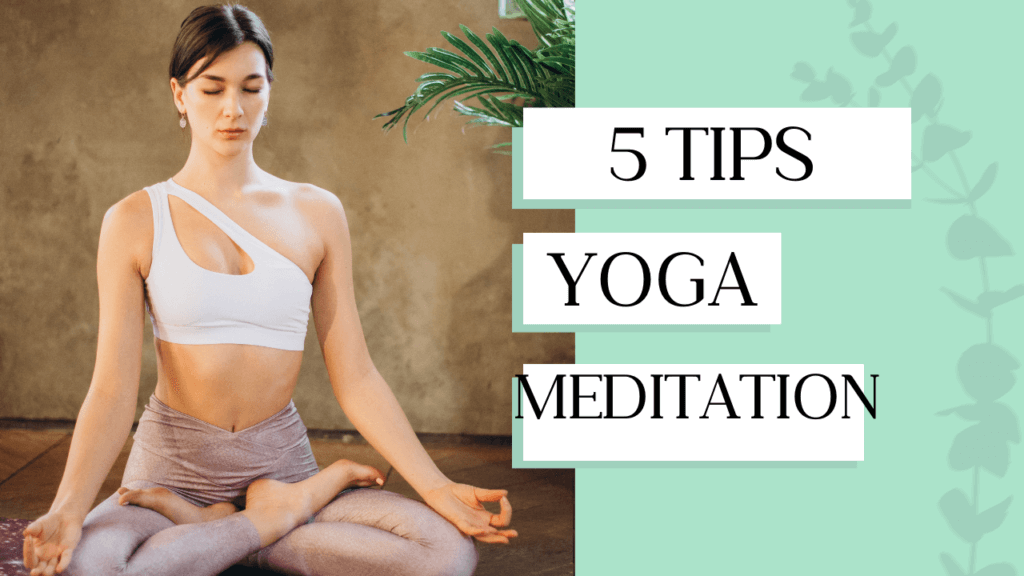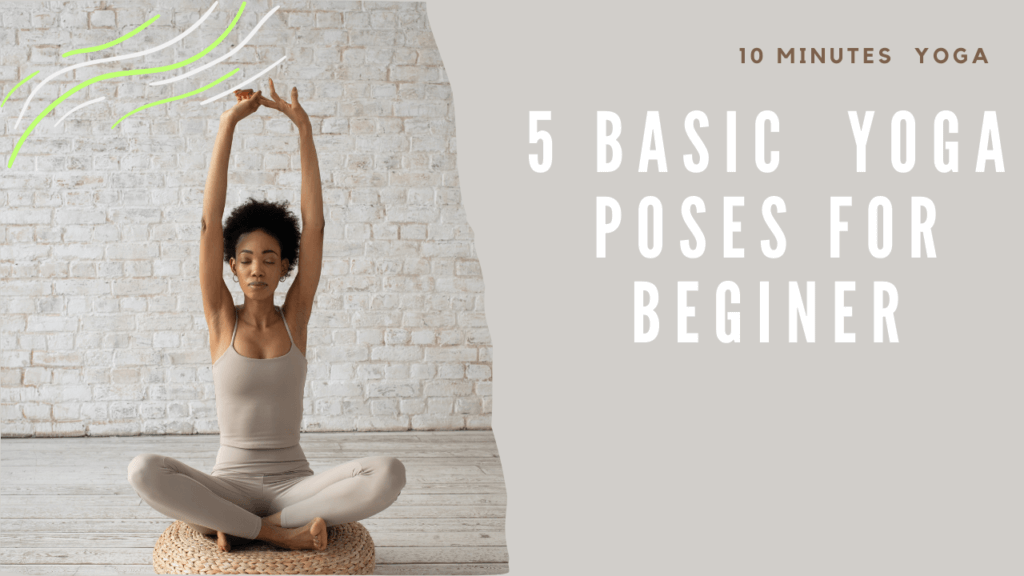What is hair made of?
Hair is made up of the protein carotene, which is also present in our nails and forms a protective layer on the outer skin. Hair has three layers.
Cuticle is the outer layer which is thin and colorless and serves to protect the outer surface.
The reason hair is different is because the cortex contains melanin.
The medulla acts as a light reflector and is also the innermost layer.
Why does hair fall out?
Hair loss or thinning hair is a common problem that can happen to anyone. Hair loss is increasing day by day. Although it does not affect your body and health, the effects are very significant.
The average adult has 100,000 hair follicles on their scalp. Although hair looks straight, there are four types. There are three types anagen, catagen and telogen. Hair development and maturation as well as hair follicles involve such activities. They make hair individually. The exogenous phase is the fourth phase in which hair loss is replaced by new hair. In general, every person loses 50 to 100 hairs every day to be replaced by new hair. So it is usually not noticed.
The duration of each phase depends on factors such as age, diet and general health.
There are many causes of hair loss including aging, genetics, disease, pollution, hormone imbalance, scalp fungus, and stress.
There are many types of hair loss. Androgenic alopecia, commonly known as male or female pattern baldness, is more common in men over the age of 50 and in women who have gone through menopause.
Genetics
- StressPsychological ConditionsAlopecia AreataCancersMedicationsNutritional disorderHigh levels of sex hormonesHormonal ChangesPregnancyMenopauseHair CareThyroid conditions, Scalp Infection, Scalp Psoriasis, Scarring alopecia,
- Pollution
Symptoms of hair loss
There are many types of hair loss. Hair loss can be sudden and gradual.
Gradual thinning of hair on scalp
Round bald
Sudden shedding of hair
Receding hairline
Full body hair loss.
Spelled patches on the scalp.
Pain or itching
Make sure your hair grows naturally
There are many home remedies to grow hair naturally and also make changes in your daily routine.
Yoga is an ancient practice that shows instant results and is a great and successful, drug-free technique for managing dandruff and other scalp ailments.
We all know that yoga has many benefits for our body and skin.
The benefits of yoga poses are to reduce stress and also to increase blood circulation in the scalp, and for a healthy mind.
There are various asanas in yoga to promote hair growth as well as healthy hair. Doing yoga regularly reduces hair loss. And also the dead hair becomes shiny and thick.
Now let’s see some yoga poses for hair growth.
1 Hastapadasana
Place your hands at your sides and stand with one leg together
While inhaling, bring both your hands forward above your head.
Bring your hands up to your toes while exhaling. Keep your head and arms close when bending down and standing up to give you the most leverage.
Try to bring the forehead to the knees while holding the breath. Do not take more than 2 minutes while breathing.
Place your hands above your head as you inhale.
Move your arms in a sweeping motion while exhaling.
Limitations
• Hypertension, cardiac ailments
• Pregnancy, peptic ulcers, hernia
• Cervical spondylitis and slipped disc
• Serious eye disorders
• Spinal abnormalities
Benefits:
• It helps to improves blood circulation in your head.
• It helps improve your mental balance.
2. Adho Mukhasvanasana
Stand in a plank position with your feet on your hands.
Exhale lift your hips and make a mountain shape without pushing your heels into the ground.
The distance between the hands is shoulder width. The hip distance between the legs should be equal.
Press your hands on the floor. Broaden your shoulders. Keep the neck long
Hold in downward dog position for 5 to 10 deep breaths.
Limitations
• High blood pressure
• Carpel tunnel syndrome,
• detached eye retina,
• weak eye capillaries,
• Shoulder injury
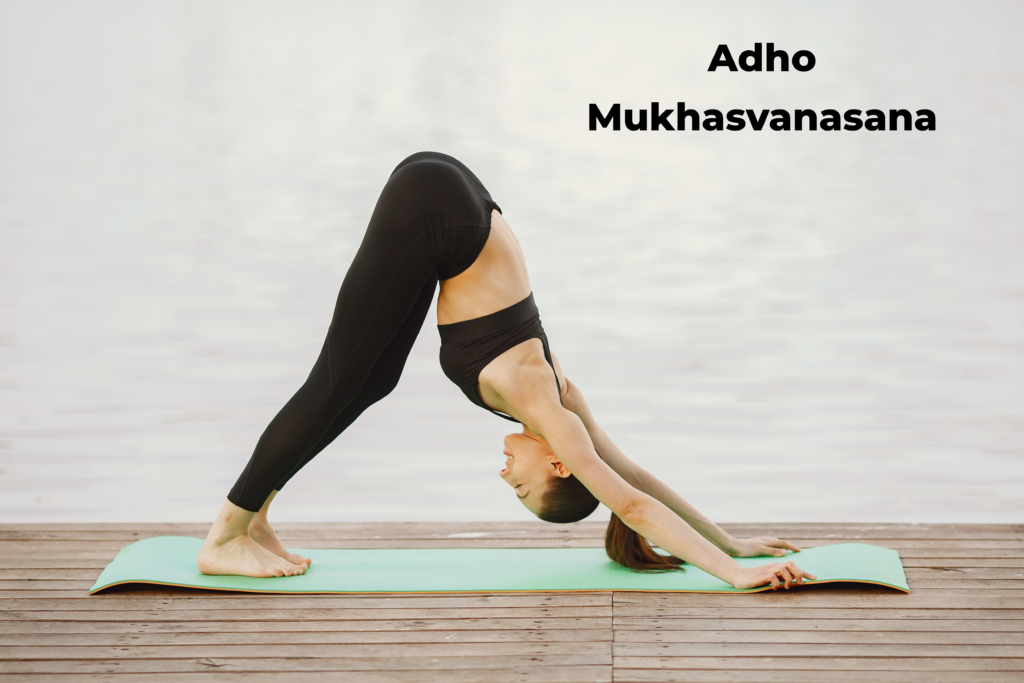
Benefits:
Stretches the back muscles, strengthens the chest muscles and increases lung capacity.
Strengthens the entire body as well as the legs.
Blood supply to the head area
Relieves lower back pain.
3. Vipritkarni
Sleep with your hands on your back.
While exhaling, slowly lift the leg up with the support of the hand on the lower back and keep it steady.
Depending on your level of practice and comfort, stay in the pose for one to two minutes to help normalize breathing.
While inhaling, lower the hips with the help of your hands and return to the starting position.
Limitations
• Hypertension
cardiac ailments
• Pregnancy
• Respiratory disorders
• Spinal disorders
• High myopia,
Glaucoma,
serious eye disorders
4. Sarvangasana
Lie on your back and keep your arms and legs out to the side
As you release, keep your feet together and point your toes toward the ceiling.
Keep your knees straight and use your hands to support your back
The chin should be closed in the notch of the jaggery.
Hold for a few seconds or one to two minutes depending on your practice. Keep breathing slow and natural
Gently bend the knees as you release the pose Inhale lower your hips towards the floor Return to the starting position leaving your arms behind you.
Add deep trust to compensate for head low and hip high positional reactions.
Limitations
• Hypertension
cardiac ailments
• Pregnancy
• Respiratory disorders
• Cervical injury
• High myopia,
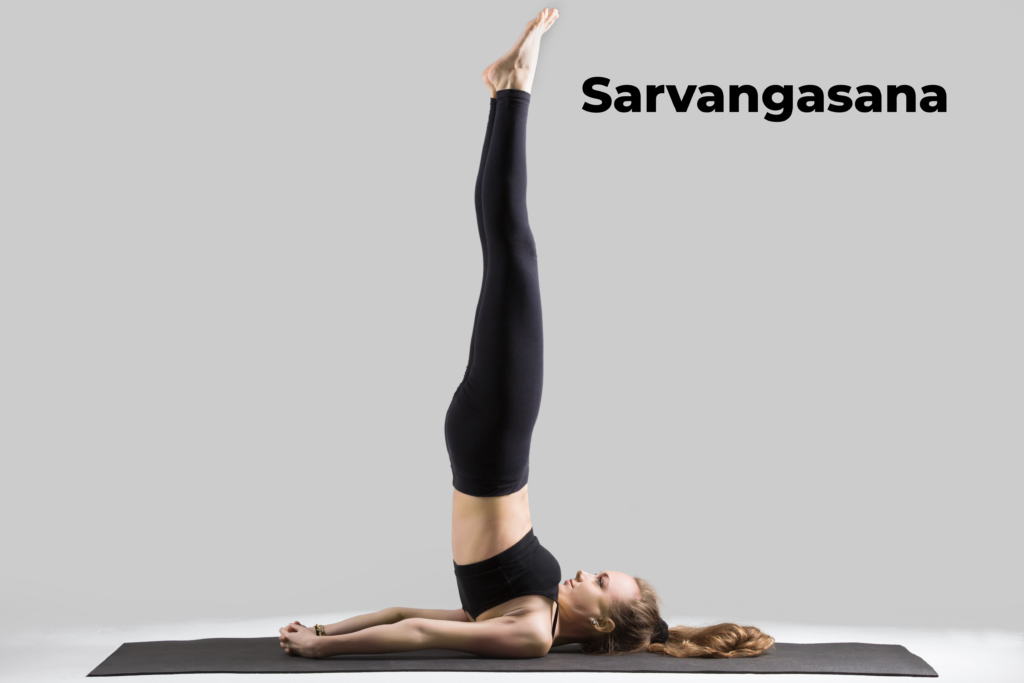
Glaucoma,
serious eye disorders
Benefits:
Improves the function of thyroid, parathyroid and pituitary glands.
Increased blood supply to your upper body leads to positive improvements in vasomotor function.
It is very good for the hair as this asana increases the blood supply to the head.
Pranayama
1. Anulom Vilom
Sit in a meditative position and also keep your back straight
Cover the right nostril with the support of the thumb and inhale through the left nostril then close both nostrils and hold the breath for a few seconds. Close the right nostril before opening the left nostril. Inhale through your left nostril and hold the breath for a few seconds, closing both nostrils.
Repeat this cycle. And also repeat this five to ten times. Continuous practice helps increase inhalation and exhalation numbers. While holding the breath, maintain a constant ratio of equal numbers for inhalation, expiration, and suspension.
Limitations:
Pregnant women should not hold their breath while doing this pranayama
Ida and Pingala are the two nadis that remove toxins and free radicals from the body.
Alternate breathing techniques are very useful.
And when done regularly helps cleanse the entire nervous system.
2. Kapalbhati
Sit in Padmasana or Sukhasana position
Place your palms on your knees Keep your face down and keep your chin parallel to the floor Keep your spine straight and breathe deeply.
Breathe in and out through the nose using Kapalbhati asana
Rapid, forced expulsion. These include light inhalation.
The number of breaths in and out should be equal.
At least ten to twelve rounds should be done in one sitting initially.
Benefits:
Supplies healthy oxygen. Removes toxins from the face. Helps in hair growth.
Blood flow throughout the head and oxygen supply as well.
Benefits of thyroid function and lymphatic. Calms the mind and relieves accumulated stress.
Helps cleanse the neurological system.
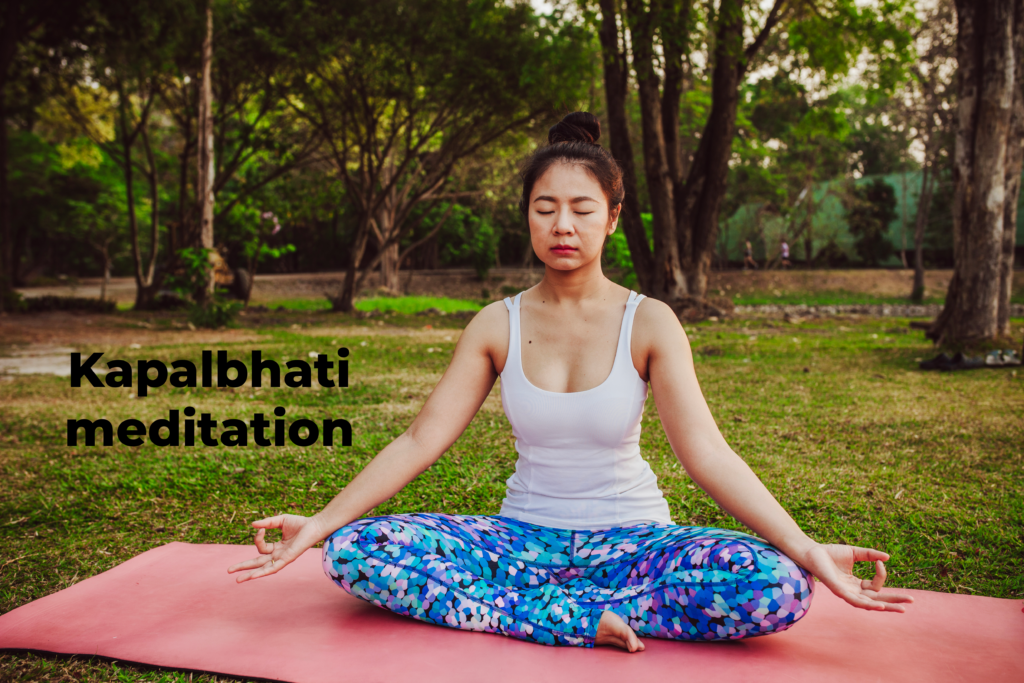
Diet – for Hair Growth
Eating protein-rich foods for good hair include almonds, peanuts, cottage cheese, dairy products, lentils, beans, and dairy products. Spinach is rich in iron and vitamins A and C. They work to contribute to a healthy scalp and neck. Works to add moisture to the hair preventing hair breakage.
Citrus fruits should be in your diet. The body needs vitamin C to absorb iron.
Carrots are important in hair growth.
Vitamin A in sweet potato does not dry hair.
The oily liquid on your scalp prevents hair from drying out. Carrots, pumpkin, cantaloupe and mango contain beta-carotene.
Avocados contain vitamin E, which helps reduce hair loss by reducing oxidative stress.
Nuts are rich in fatty acids, vitamin E, zinc and B vitamins. Considered very useful for your hair growth.
The seeds are rich in vitamin E. Helps in hair growth. such as omega-3,
Beans are a source of protein, iron, zinc and biotin, all of which are beneficial for healthy hair.
Home Remedies for Hair growth
Head Massage
Massaging with Bhringaraja oil stops hair loss. It contains a lot of nutrients. It is useful for massaging the hair and scalp. which stops hair breakage. By reducing stress, the mind calms down and relaxes. Bhringraj oil has anti-fungal and anti-bacterial properties which help in treating dandruff and dry hair.
Natural Shampoo
Saponin is the cleansing agent in Reetha which is used as a shampoo. Helps to cleanse your scalp and your hair thoroughly.
Tie 3-4 reethas in a soft cloth and also keep them in a bowl filled with a cup of water. and bring it to a boil. After cooling, boil it for ten minutes. After it cools a little more, let it boil for ten minutes. Then let it cool. Remove the water from the soap bundle until it becomes a soapy suds. Rinse with water and squeeze the bundle with soapy water. Add 1 tsp amla powder 1 tsp shikkai powder to it. And make shampoo from it. Apply this shampoo to your hair and keep it for five to ten minutes and then wash your hair to make your hair shiny and clean. You can use it two to three times in a week.
Starch Water Rinse for Hair
Start water is very good for your hair. It has three types.
1. Soak the rice in water for 30 to 40 minutes and remove the water.
2. Drain the water in which the rice has been boiled.
3. Ferment the cooked rice in water for two days and drain the water.
Wash hair with shampoo and rinse with water. Then apply the rice water to the hair and children and keep it for thirty to thirty five minutes and then wash it off. This water contains amino acid. It helps in hair regeneration. Vitamin B, C and D are very good for hair growth. The proteins in rice water work to create moisture in the hair. The inositol in rice water helps in strengthening the hair.
Onion and curry leaves hair mask
In a mixing bowl, cut a small amount of cardamom into a paste, add some water to it and add a handful of curry leaves to it and paste them both together. Apply it on your scalp and hair and leave it for an hour then wash off with shampoo. You can do this once a week. Onions contain sulfur which helps in healthy hair growth. Produces keratin and other enzymes in the scalp.
simple care daily for your hair
You should take care of your hair just like you take care of your body. Stop styling your hair. And gently comb through the hair. Stop using electrical appliances on hair. Air dry it and use a cotton cloth. Take care of your hair by using onion masks, aloe vera masks and chemical free products. Do yoga regularly for hair growth and body obesity. It will help to cure your problems and make your hair shiny and healthy. Yoga should be used to relieve stress, anxiety and digestive problems.

